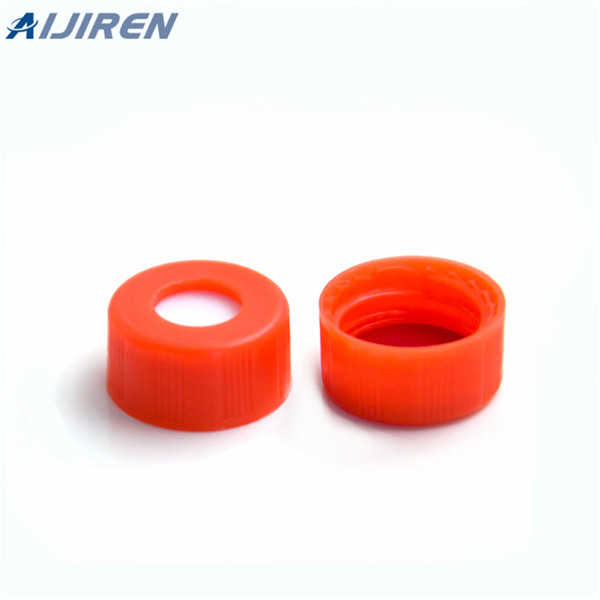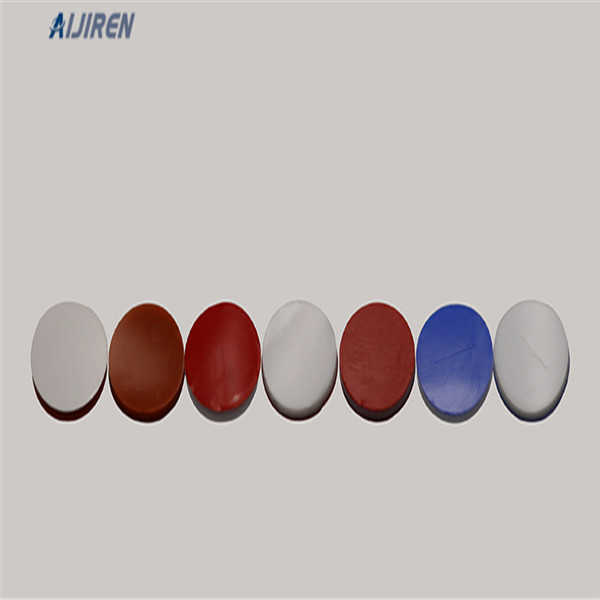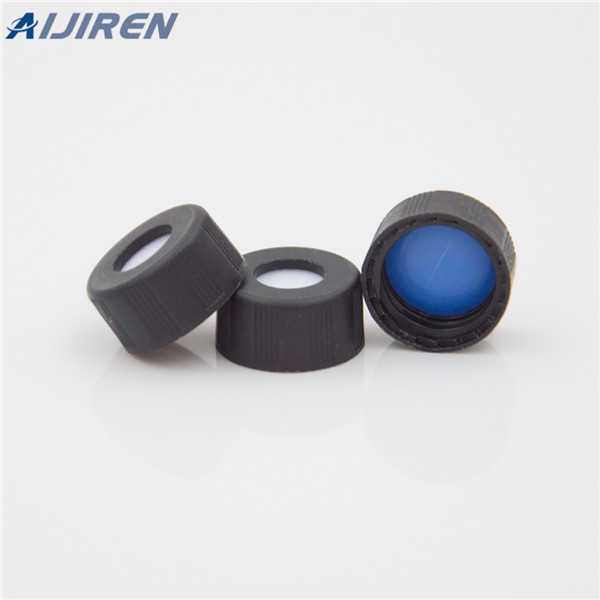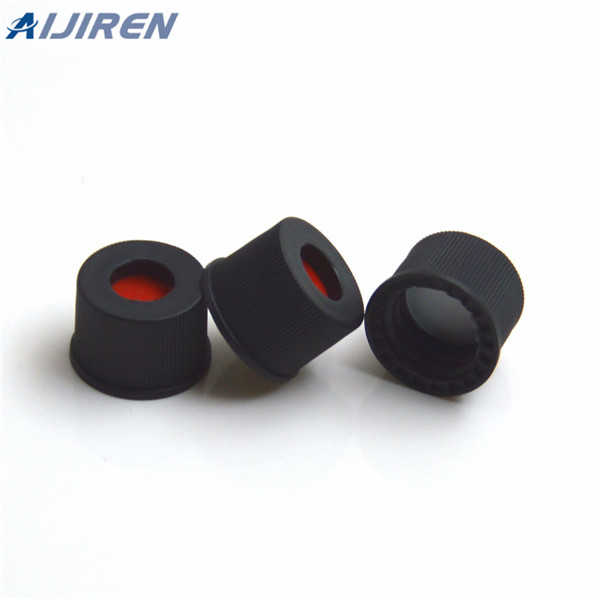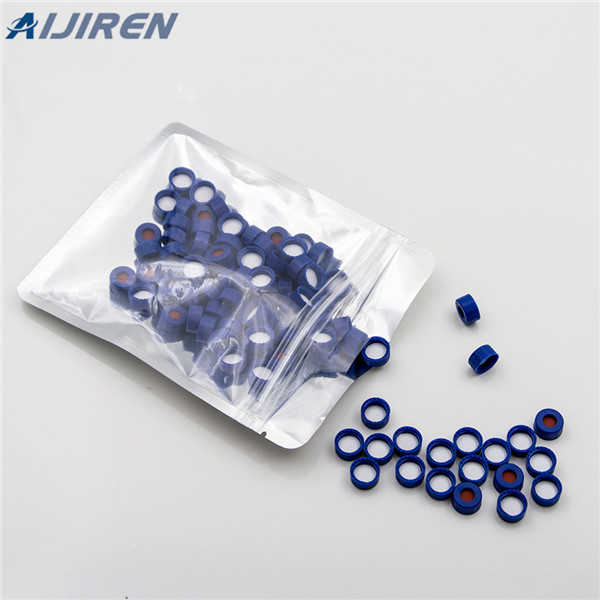Septum HPLC: Novel Approaches for Enhanced Methodology
-
This is difficult in patients with a short-septum (≤ 20 mm) diverticulum because the limited anatomical space restricts the operating area for either rigid or flexible endoscopic approaches. The aim of this study was to investigate the efficacy and safety of a novel third-space approach, peroral endoscopic septotomy (POES), for treating
-
Jun 7, 2017 · Abstract. High-performance liquid chromatography (HPLC) is a chromatographic technique of great versatility and analytical power that can be applied to any compound with solubility in a liquid that can be used as the mobile phase. HPLC is widely used in food analysis to quantitate small molecules and ions and to separate and purify macromolecules.
-
Mar 1, 2019 · This review focused on different principles and configurations of liquid-phase microextraction techniques. A brief introduction with recent developments, including only those with novel approaches and setups, of known liquid-based extraction methods was presented.
-
Feb 1, 2023 · A novel simple, specific, sensitive, accurate and precise reversed phase high performance liquid chromatographic method (RP-HPLC/UV) was developed and validated for the simultaneous estimation of Glycopyrronium bromide (GLY), Indacaterol acetate (IND) and Mometasone furoate (MOF) in pure form, in laboratory prepared mixtures and in pharmaceutical dosage form.
-
Jun 16, 2021 · Novel approach has led to the development of apigenin in the pharmaceutical era, and quantification and estimation of apigenin in plant extracts has need raised. Nanoliposomes are similar to nano-metric kind of liposomes which tend to be the further most applied in encapsulation and controlled release systems [ 5 ].
-
Feb 28, 2020 · However, automation of these new methods for translation to the clinic has progressed slowly because extensive modification of manual protocols is typically required when implementing novel 18 F
-
3.2: High Performance Liquid chromatography. High-performance liquid chromatography (HPLC) is a technique in analytical chemistry used to separate the components in a mixture, and to identify and quantify each component. It was initially discovered as an analytical technique in the early twentieth century and was first used to separate colored
-
Jul 1, 2023 · The second approach was green rotatable central composite analytical quality by design-based RP-HPLC method with an optimized mobile phase of ethanol: 0.1 M potassium dihydrogen phosphate buffer (pH 2.5) 33: 67 v/v. The separation was accomplished using an ODS reversed-phase column (250 × 4.6 mm, 5 µm) operating at a 1.0 mL/min flow rate.
-
Sep 8, 2020 · It is clear from Table VII, that the HPLC-RI methods were higher in sensitivity than direct HPLC-UV detection methods. Overall, the newly developed HPLC-RI methods are considered the first eco-friendly methods for individual analyses of the three VAs. Moreover, they are performed without any extra derivatization and/or extraction procedures.
-
Sep 1, 2020 · A rapid and sensitive RP-HPLC method with UV detection and UV spectrophotometric method for the determination of Lamivudine, Tenofovir and Efavirenz simultaneously in combined tablet dosage form
-
This article covers the major modes of HPLC utilized for peptides (size-exclusion, ion-exchange, and reversed-phase), as well as demonstrating the potential of a novel mixed-mode hydrophilic interaction/cation-exchange approach developed in this laboratory.
-
All HPLC separations are carried out in one of two modes, isocratic or gradient. Isocratic methods separate by using a consistent eluent composition during analysis, like 100% acetonitrile or a 50:50 mixture of acetonitrile to water. On the other hand, gradient methods include a change in the mobile phase composition across a separation.
-
Oct 12, 2021 · An HPLC-DAD methodology was developed and validated to assess the flavonoid profile of walnut septum and all the analytical parameters, including the calibration curves, linear range, the determined coefficients (r 2), accuracy and precision, limits of detection (LODs), and limits of quantification (LOQs) are presented in Table 1.
-
Oct 29, 2004 · The results obtained showed that either UV spectrophotometry or RP-HPLC are techniques having higher accuracy and reproducibility with respect to the microbiological assay. Moreover, the RP-HPLC method provided improved performances if compared to NP-HPLC. In fact, RP-HPLC showed: (i) enhanced sensitivity and (ii) increased resolution.
-
What are Some Standard Method Development Practices? 1. Follow preferred method development scheme and do “hands-on” method development – based on selectivity-changing parameters—
you can contact us in the following ways.

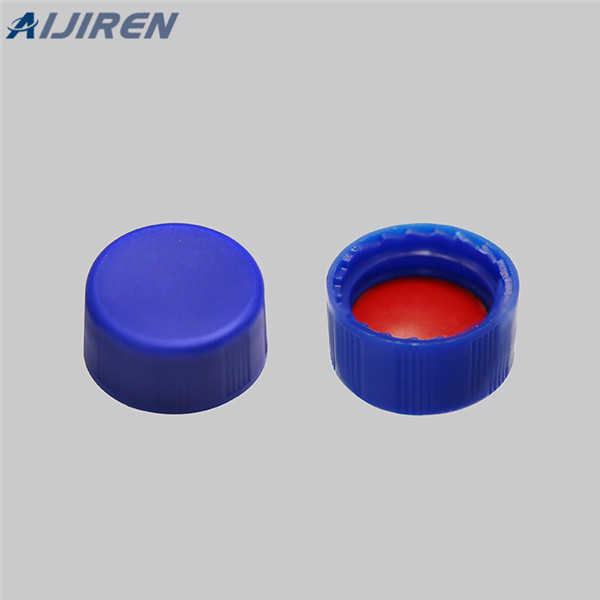


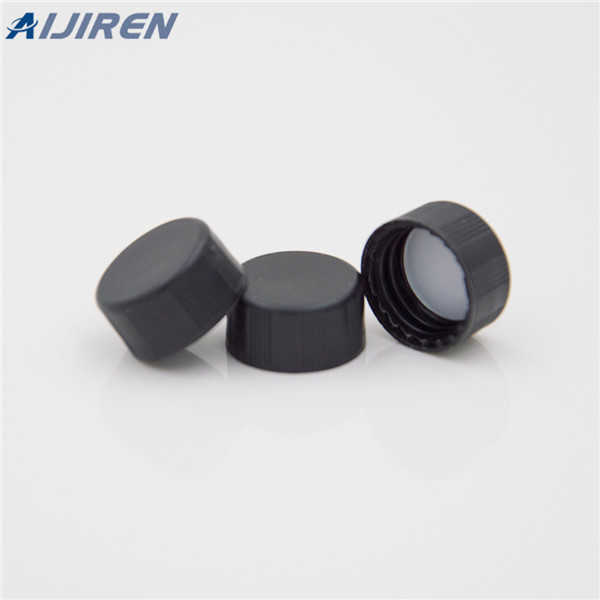
.jpg)
